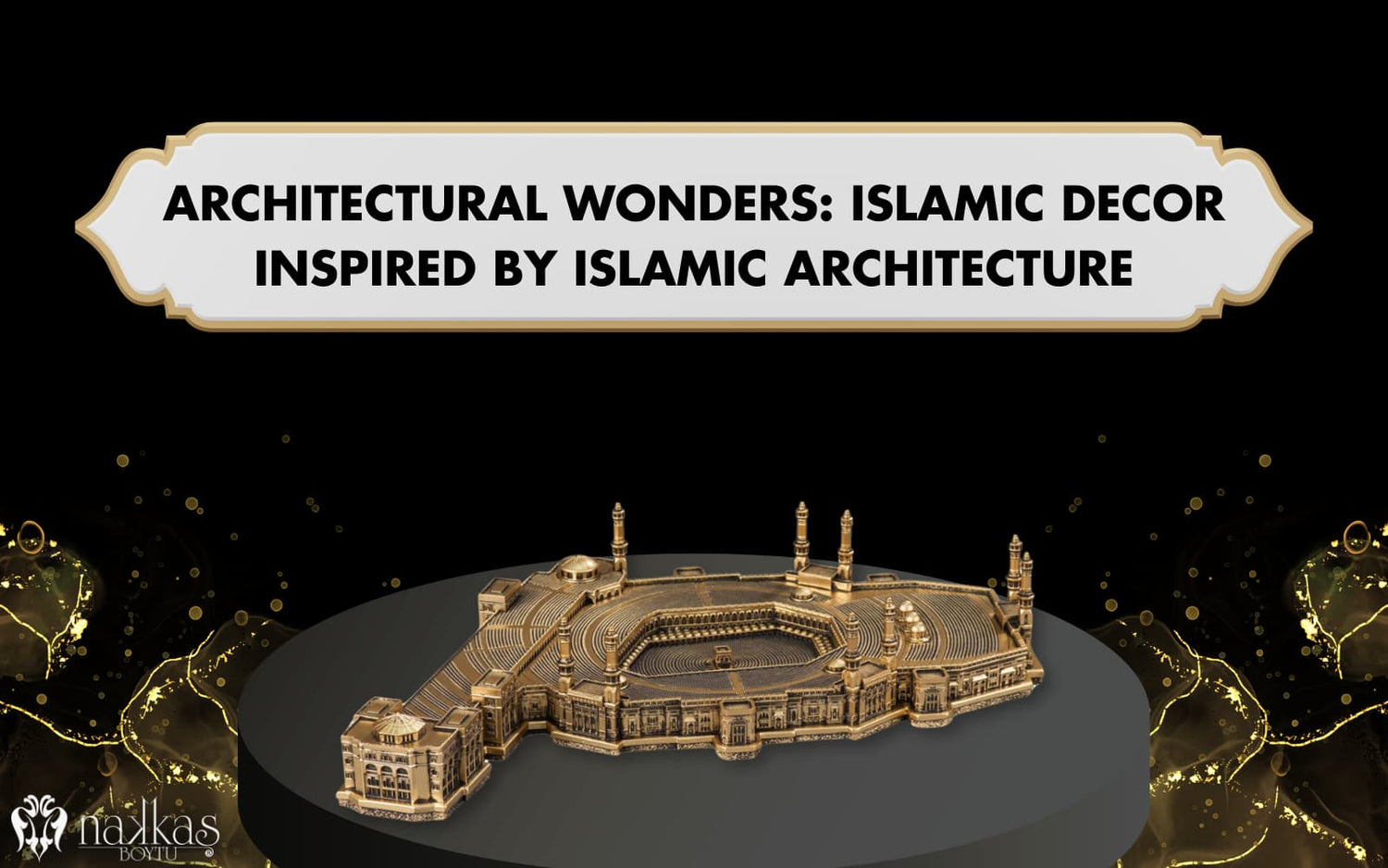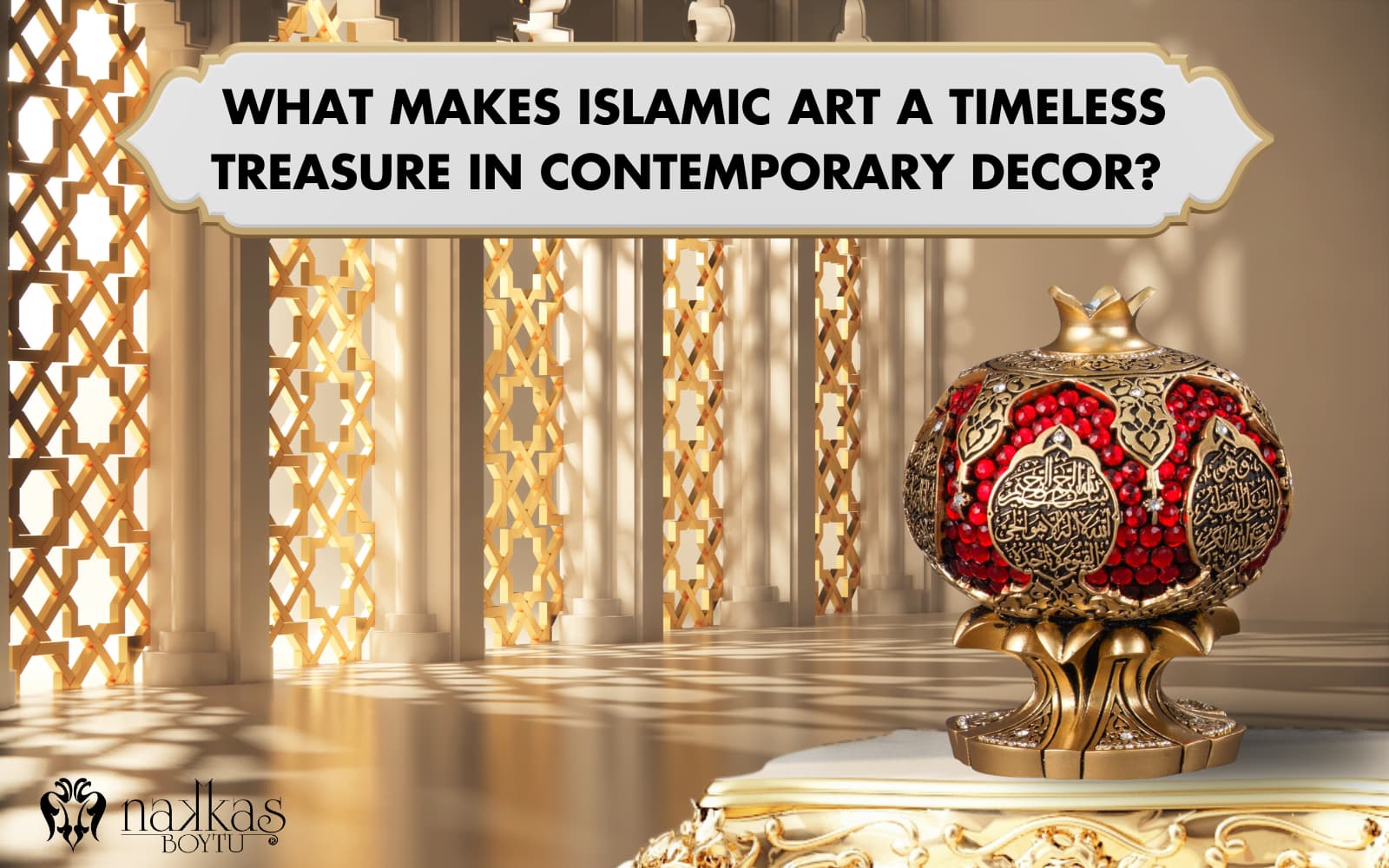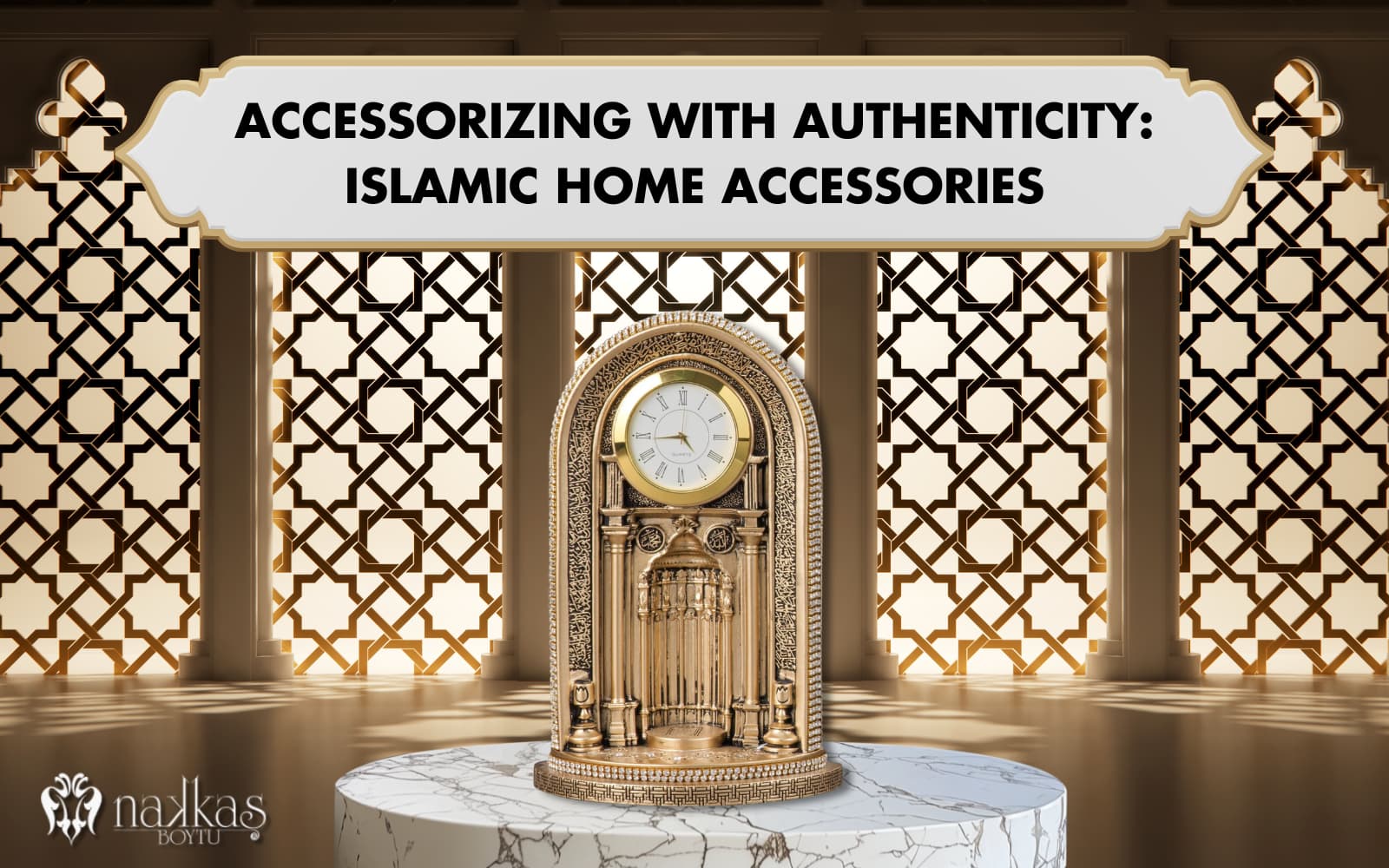Islamic architecture refers to the design and construction styles associated with buildings in the Islamic world, integrating cultural and religious elements. It includes mosques, madrasas, palaces, tombs, public baths, and fortifications. These structures showcase styles influenced by local materials, techniques, and artistic traditions. Over time, different regions have blended Islamic principles with local traditions, creating a rich tapestry of innovative designs.
In this blog post, you will find more information about Islamic architecture's history and basic elements to inspire and transform your design perspective.
What is the History of Islamic Architecture and Decoration?
With roots dating back to the 7th century, Islamic architecture was initially inspired by Roman, Byzantine, Persian, and Sassanid styles. Early buildings like the Prophet's Mosque in Medina combined these styles. The Dome of the Rock in Jerusalem, built in 691 AD, displays Byzantine influence with its central dome and intricate mosaics. It also marks the beginning of a distinct Islamic aesthetic.
Geometric patterns and calligraphy are central elements of Islamic art, reflecting the unity and harmony of the universe. Combined with arabesques and intricate tile work, these elements adorned mosques, palaces, and public buildings. The Great Mosque of Córdoba in Spain is an example of the mixture of these artistic traditions that influenced European architecture. The Ottomans and Mughals advanced Islamic architecture by blending local and Islamic designs in large, symmetrical structures, such as the Blue Mosque and the Taj Mahal.
Calligraphy and geometric designs, notably the Arabic alphabet, are hallmarks of Islamic art. They emphasise the importance of language and mathematical precision. The interaction of text, pattern, and space in the designs of Islamic architecture reflects spiritual and philosophical ideals.
What Are the Key Elements of Islamic Architecture?
Islamic architecture is a rich blend of cultural and religious elements, characterized by its fascinating features. The basic elements that define the architectural style are as follows:
- Mosques and Minarets
- Domes
- Palaces and Fortresses
- Courtyards and Gardens
- Arches
- Geometric Patterns
- Calligraphy
- Muqarnas

What is the Role of Geometric Patterns in Islamic Decoration?
Geometric patterns in Islamic decoration symbolize eternal nature and the unity and order of the universe. Circles, squares, stars, and polygons form the basis of these intricate designs, which adorn mosques, palaces, and everyday objects.
Geometric patterns embody Islam's cultural and religious values. Mathematicians and artists developed these complex forms by intertwining geometry with spirituality. The patterns often include arabesques and calligraphy. This artistic coherence adds spiritual depth to Islamic art, with geometric patterns reflecting fundamental principles such as the unity of God.
How Does Calligraphy Play a Role in Islamic Architecture?
Calligraphy conveys religious and cultural messages. Artists inscribe Qur'anic verses, names of Allah, and other religious texts on the walls, domes, mihrabs, and pulpits of mosques. The flowing lines and intricate designs of calligraphy transform ordinary buildings into visual representations of the divine, providing a spiritual atmosphere for worshippers.
In addition, calligraphy asserts power, commemorates the dead, and decorates spaces. The Taj Mahal, for example, features calligraphic inscriptions that combine poetic verse with the names of the deceased, while the Future Museum in Dubai uses calligraphy to display visionary quotes. "This integration of Islamic calligraphy into various architectural elements highlights its versatility and importance in Islamic culture."
What are Modern Islamic Decoration Trends for Homes?
Modern Islamic decoration trends for homes integrate historical elements with contemporary design. These trends use geometric patterns and Islamic calligraphy to create spaces that also enhance spiritual reflection. Natural materials such as wood and stone encourage tranquility, while vibrant colors add dynamic energy to living spaces. Minimalist designs reflect simplicity. Islamic decor trends avoid excess and focus on spiritual depth.

Nakkaş Boytu contributes to these modern trends by producing decor products inspired by important Islamic sites such as the Kaaba, Masjid al-Nabawi, and Masjid al-Haram. Our products embody Islam's rich cultural heritage and spiritual essence, transforming homes into spaces that reflect faith and elegance. Our decor products have a meaningful impact on the spiritual ambiance of your home. Contact us to enrich your living spaces with our unique and beautifully designed Islamic decor products that resonate with the history and spirituality of Islamic culture.




